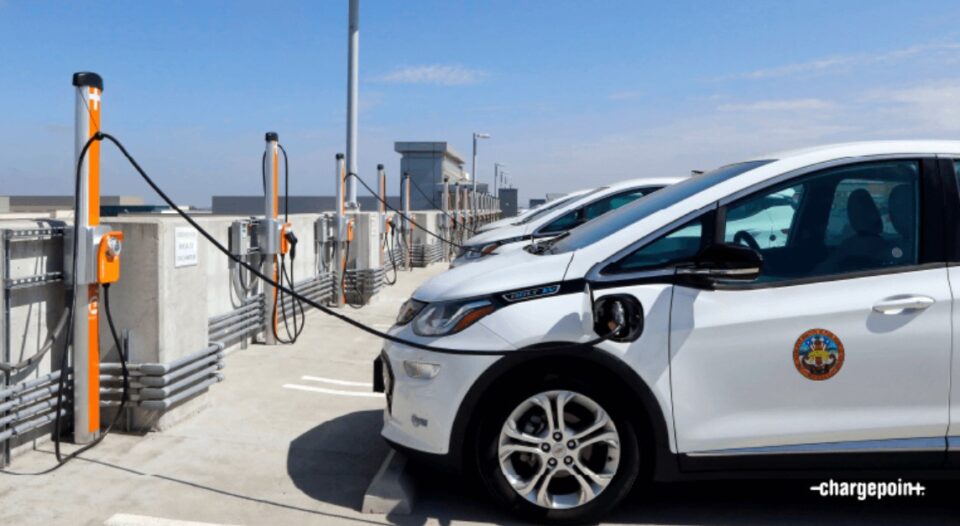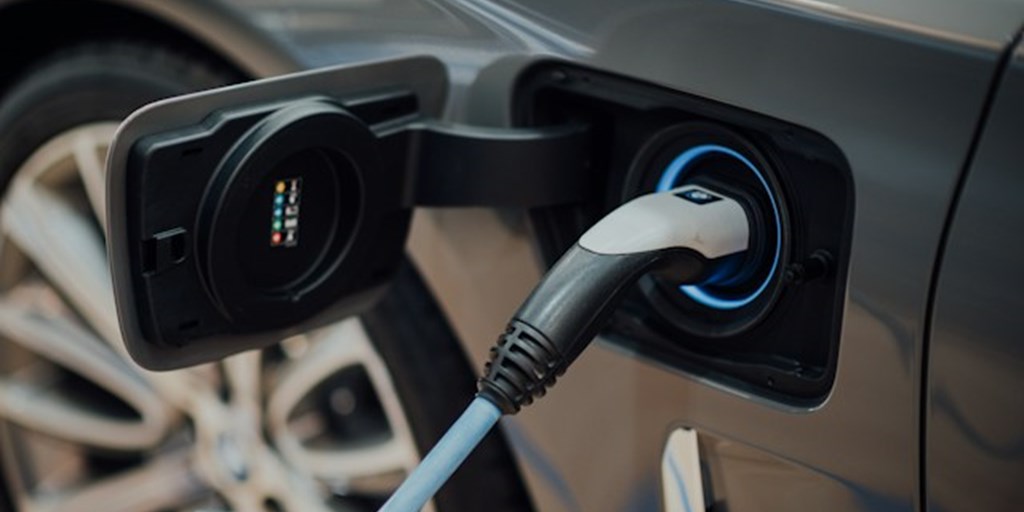What’s Driving the Growth of EV Infrastructure? Buy EV Charging news for Key Updates
What’s Driving the Growth of EV Infrastructure? Buy EV Charging news for Key Updates
Blog Article
Top EV Charging News: Trick Updates on Infrastructure and Technology

Current Improvements in Fast-Charging Modern Technology

Moreover, developments in battery innovation, consisting of improved thermal administration systems and greater power thickness batteries, complement fast-charging capacities. These advancements reduce the threat of battery degradation during fast charging, making sure long life and performance for EV proprietors.
Additionally, the assimilation of clever billing services is improving user experience, making it possible for real-time tracking and vibrant pricing designs. EV Charging news. This flexibility permits drivers to optimize charging times and expenses based on grid need
As automakers remain to spend in fast-charging networks, the partnership in between industry stakeholders is vital. Collaborations between billing terminal providers and automobile producers are leading the way for extensive coverage, ultimately promoting an extra durable EV ecological community. These advancements are critical in sustaining the change to sustainable transportation.
Federal Government Initiatives for Billing Development
Federal government efforts play a critical duty in the growth of electrical automobile (EV) charging facilities, helping with the change to sustainable transport. Numerous government and state programs are being implemented to improve billing ease of access, minimize the financial problem on customers, and promote the fostering of electric vehicles.
Notably, the U.S. federal government has actually alloted substantial funding with the Facilities Financial Investment and Jobs Act, which earmarks $7.5 billion for EV billing network development throughout the country. This financing is intended at deploying thousands of brand-new charging stations, especially in underserved locations, consequently attending to range anxiety among possible EV customers.
Furthermore, various states are passing regulations to enhance the permitting procedure for charging station setups, which is vital for accelerating deployment. Rewards such as tax obligation credit scores and discounts for both consumers and companies are likewise being presented to motivate the installment of charging framework.
In addition, public-private collaborations are increasingly coming to be an emphasis, leveraging personal investment to enhance federal government financing. These initiatives underscore a collaborative technique essential for building a thorough and effective EV billing network, eventually adding to a greener and more sustainable future.
Cutting-edge Battery Solutions Enhancing Effectiveness
Changing the landscape of electrical lorry (EV) technology, innovative battery services are substantially improving efficiency and performance. Advancements in battery chemistry, especially with lithium-sulfur and solid-state batteries, are bring about enhanced power thickness, which permits longer varieties and faster billing times. These new battery kinds have the potential to outperform typical lithium-ion batteries by providing higher capacities while decreasing weight, thereby improving total vehicle performance.
Moreover, developments in battery monitoring systems (BMS) are enhancing energy usage and extending battery life-span. Smart algorithms keep an eye on battery health and wellness and efficiency, enabling real-time changes to billing and discharging procedures. This not only improves the efficiency of the battery however likewise guarantees a more reliable and sustainable power source for EVs.
Additionally, the integration of recycling technologies is addressing the environmental effect of battery production and disposal. Technologies in second-life applications for EV batteries are facilitating their use in power storage space systems, adding to a circular economic climate.
As these innovative battery options remain to evolve, they assure to transform the EV market, making electrical automobiles more accessible and appealing to a wider target market while supporting global sustainability goals.

Cooperation In Between Automakers and Billing Networks
Acknowledging the important need for a robust charging facilities, car manufacturers are significantly working together with charging network service providers to improve the EV ownership experience (EV Charging news). These partnerships aim to create a smooth billing ecological community that profits consumers and sustains the change to electric lorries
Significant automotive brand names are joining forces with go to my blog recognized charging networks to expand their charging terminal protection, making sure motorists have accessibility to reputable and practical billing choices. Collaborations with networks like ChargePoint and Electrify America enable car manufacturers to incorporate charging remedies straight into their lorries' navigation systems, leading individuals to the nearby stations and offering real-time accessibility updates.
Additionally, these cooperations typically cause the development of fast-charging innovations that significantly decrease the moment needed to charge an EV. By merging sources and expertise, automakers and charging networks can introduce much faster, creating remedies that fulfill the growing demand for electrical flexibility.
In enhancement, joint efforts may also lead to more standard billing protocols, which can relieve consumer confusion and advertise broader EV fostering. In general, these strategic partnerships are crucial in building a efficient and user-friendly billing framework that fulfills the demands of a broadening electrical automobile market.
Obstacles Facing EV Billing Infrastructure
As the electric vehicle market continues to grow, several difficulties are emerging that hinder the growth of a thorough charging infrastructure. Among the primary challenges is the not enough number of charging terminals, specifically in underserved and rural urban areas. This gap produces array anxiety amongst potential EV customers, discouraging them from making the button.
In addition, the absence of standardization in charging technology complicates the infrastructure landscape. Variations in plug kinds and billing rates can develop complication for customers and raise operational intricacies for charging network drivers.
One more pushing issue is the high price related to the setup and maintenance of billing stations, which can be an obstacle for both public entities and private businesses. Ultimately, governing obstacles and zoning restrictions can delay the implementation of charging framework, hampering progression in increasing vital solutions. Resolving these obstacles will certainly be critical for cultivating a robust EV ecological community that supports the change to sustainable transportation.
Final Thought
To conclude, the ongoing advancements in EV billing innovation, sustained by significant government initiatives and cutting-edge battery remedies, are essential for the growth and effectiveness of electric car facilities. Partnerships between car manufacturers and charging suppliers further enhance station insurance coverage, attending to the growing need for obtainable charging options. In spite of difficulties that linger within the EV billing landscape, these developments represent a positive trajectory in the direction of a much more lasting and reliable electric automobile environment.
Innovations in billing framework have led to the advancement of ultra-fast chargers qualified of supplying up to 350 kW of power, considerably minimizing charging times. Variants in plug kinds and billing speeds Discover More Here can produce complication for users and enhance functional complexities for billing network operators.In conclusion, the recurring innovations in EV billing technology, supported by significant federal government efforts and ingenious battery options, are essential for the expansion and efficiency of electric lorry facilities. Cooperations between automakers and charging suppliers even more boost terminal insurance coverage, addressing the expanding demand for available charging choices. In spite of obstacles that persist within the EV charging check my site landscape, these growths represent a favorable trajectory towards a more effective and lasting electric car community.
Report this page